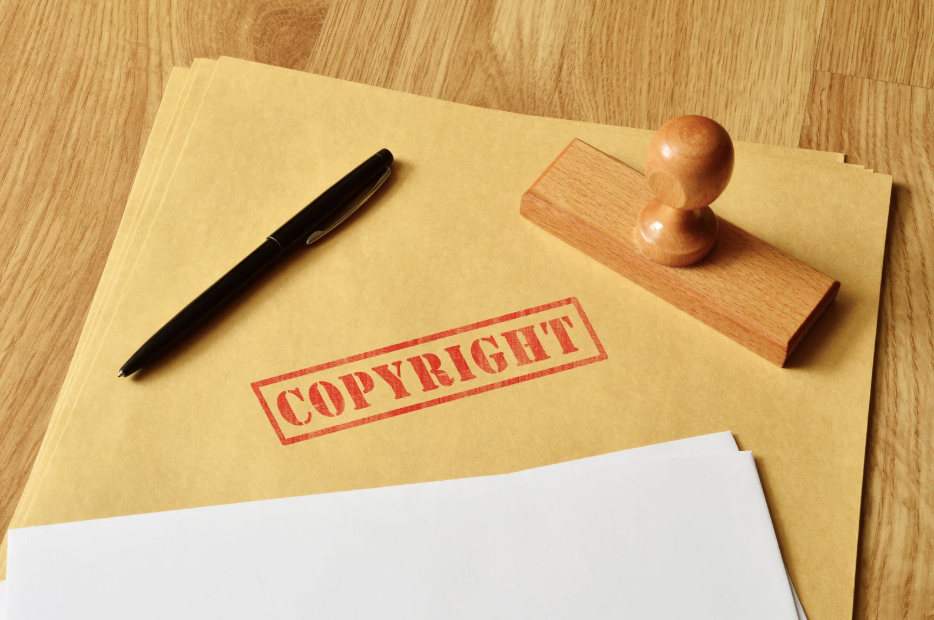In this article:
- Understanding copyright
- Identifying copyright infringement
- What to do if your copyright is infringed
For local and independent news publishers, your stories are your livelihood—and your reputation. But what happens when someone takes your hard work and uses it without permission? Copyright is your shield, offering legal protection to the original reporting and images you create.
Understanding how to protect your rights, and what to do when they’re violated, can help ensure your newsroom’s efforts aren’t exploited by others.
Understanding copyright
Copyright provides legal protection for people who express original ideas and information in certain forms, for example writing, visual images, music. Copyright provides the owner with exclusive economic rights to do certain things with their material, for example, the right to copy and the right to communicate the material to the public.
For local and independent publishers, this means your reporting, photography, and other creative outputs are protected from unauthorised use, helping to safeguard both your revenue and the trust you’ve built with your audience.
In general, copyright lasts for the life of the creator plus 70 years, ensuring long-term protection for your work.
Protecting your content
The good news is there’s nothing you need to do to protect your text or images. Under Australian copyright law, your work is automatically protected as soon as it is written down, created, or recorded. Unlike trademarks or patents, copyright does not require registration to safeguard your intellectual property.
However, there are steps you can take to strengthen your protection and make your rights clear:
- Use a copyright notice (© + name of copyright owner + year of copyright) on all your work, including text and images.
- Keep dated drafts, plans, and outlines of your work as proof of creation.
- Maintain written records of any verbal or written agreements concerning the creation or ownership of material.
- Include terms and conditions on your website or create a licensing page clearly stating what can and cannot be used. For reference, NewsCorp provides examples of this. Copyright Agency also has some guidance about website copyright notices.
- Add watermarks to images to deter unauthorised use. Free and freemium tools such as Canva, Watermarkly, Image2Go, and MakeWatermark make this simple.
By taking these proactive measures, you can reduce the risk of misuse and protect your original reporting, photography, and other creative assets.
Who owns copyright in a news organisation?
For news publishers, the copyright owner is typically the organisation that employs the journalist who created the work. However, when it comes to freelance journalists, ownership depends on the agreements in place.
Publishers should always have a written agreement with freelancers that specifies who owns the rights to the work. Without an agreement, the general rule under copyright law applies: the creator (in this case, the freelancer) owns the copyright. However, if a freelancer is paid to produce material, the commissioning party (the publisher) is entitled to use the work for the purpose it was commissioned for.
Ambiguity in contracts can lead to disputes, so it’s essential to have clear and comprehensive agreements with freelancers. These agreements should outline:
- Who owns the copyright to the material.
- How the work can be used by the publisher.
- Any permissions or restrictions around reuse, adaptation, or redistribution.
Read more about who owns copyright in this fact sheet from the Australian Copyright Council: Journalists & Copyright.
Identifying copyright infringement
Copyright is generally infringed if someone uses material in ways reserved for the copyright owner without obtaining permission.
However, there are exceptions known as “fair dealings,” which allow copyright material to be used for certain purposes, such as:
- Research or study
- Criticism or review
- Reporting of news
- Professional advice by a lawyer, patent attorney, or trademark attorney
- Parody or satire
- Creating accessible formats for people with disabilities
- Judicial proceedings or reporting on judicial proceedings
So if your material has been used for one of the above purposes, it wouldn’t be considered a breach of copyright.
Use of material under the reporting of news exception is generally considered acceptable within the current news cycle, often understood to be between 7 and 14 days.
What if only a part of my article is copied?
Copyright infringement can still occur if only part of your work is copied. The key factor is whether the portion used is considered a “substantial part” of the original work.
Here’s what the Australian Copyright Council explains about “substantial part”:
- A “substantial part” is not necessarily a large portion but any important, distinctive, or essential element of the material.
- Even paraphrasing or closely following the structure and order of a work can constitute infringement, without directly copying the text.
- Courts assess each case individually, so there are no fixed guidelines on how much can be used without permission.
This can really vary too. For example, in one court case, reproducing just six notes from a piece of music was deemed copyright infringement because the notes were distinctive and identifiable.
Can someone use an image from my news story?
A common concern is when another news outlet uses your images in their reporting or on social media.
For news reporting, the use of images is covered under the “fair dealings” exemption of copyright law. This means they can use your images if the purpose is to report the news. They must provide proper attribution to you as the creator. And again, can generally use them for a single news cycle.
If it’s not for the purpose of news reporting (or another exemption) then it would likely be a breach of copyright.
Does this apply to social media too?
The rules around social media are more complex. If the primary purpose of the post is to report or comment on news, this typically falls under fair dealings and does not breach copyright. However, if the post is primarily intended to entertain (e.g., using your image to amuse followers without news context), then it may breach copyright.
Here’s what the Australian Copyright Council says:
“Although the news may involve the use of humour, if the purpose of using the material is primarily to entertain, the presence of newsworthy issues is unlikely to be sufficient to make the use a fair dealing.”
Emerging areas: AI and copyright
The implications of AI and copyright are still evolving. The Australian Government is actively working to address copyright challenges arising from AI, particularly around potential infringements in AI-generated content. The Copyright and Artificial Intelligence Reference Group (CAIRG) has been established to provide guidance to the government on these issues.
It’s an area that news outlets need to keep a close eye on, and LINA will be monitoring these developments as they unfold.
What to do if your copyright is infringed
If you believe another outlet or individual is using your stories or images without attribution, and they don’t fall under one of the fair dealing exemptions, follow these steps to determine your next course of action:
1. Assess the situation
First, establish whether your copyright has been infringed.
- If only part of your material has been used, consider whether the portion might qualify as a “substantial part.” This can be complex, so legal advice may be needed before proceeding.
Also, gather evidence to support your claim. This may involve:
- Capturing a screenshot of the material being used without permission or attribution. Ensure that you capture the full screen – including the URL in the browser. Use a tool such as Go Full Page to do this. If you can, include the timestamp (date and time) on your computer screen in the image to show when the content was accessed on that URL.
- Saving the URL for the webpage that the content appears on, and if a photograph is involved, separately saving the URL hosting the photograph. To access the Image URL – right click on the photo and select “Copy image address”. This should give you a link to the photograph hosted on the webpage in question.
- If the website or webpage has been removed prior to you capturing evidence, screenshots captured from The Wayback Machine may be useful. Note: the Wayback Machine is not exhaustive, and evidence from The Wayback Machine may not always been admissible in legal proceedings, so it should be used as a last resort.
- Taking notes on the steps undertaken to capture the evidence, including use of The Wayback Machine. If the matter proceeds to legal proceedings, these notes will be useful.
2. Take action
If you’re confident your copyright has been infringed, you can request any or all of the following:
- An injunction to stop further infringement.
- That infringing materials be sent to you or disposed of.
- Payment for the use of the work or profits derived from it.
The Australian Copyright Council suggests the following steps:
- Contact the person or organisation directly.
- Try to resolve the issue informally, as this is often the quickest and most cost-effective approach. For larger organisations, start by contacting their General Counsel and cc the editors. For smaller organisations, direct your communication to the editor.
- Send a letter of demand.
- If informal contact doesn’t work, escalate the matter by sending a formal letter of demand. Arts Law have a letter of demand template you can purchase.
- Consider legal action.
- If the issue remains unresolved after a letter of demand, you will need to decide whether to pursue the matter in court.
The Australian Copyright Council has a good fact sheet about steps you can take if you believe your copyright has been infringed.
Copyright Agency recently hosted a session on copyright, providing further insights. LINA members can access the on-demand recording here.
Helpful links
- Copyright Agency: www.copyright.com.au
- Australian Copyright Council: www.copyright.org.au + Fact sheet for Journalists
- Attorney’s General Department: https://www.ag.gov.au/rights-and-protections/copyright/copyright-owners
- Arts Law: https://www.artslaw.com.au/

